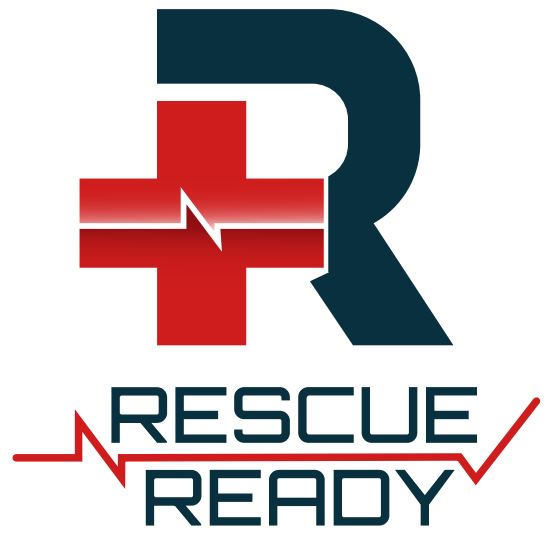
Safety First: A Guide to First Aid in Childcare Centers
Childcare centers are lively hubs of activity, filled with the laughter and curiosity of young minds. With this vibrant atmosphere, it’s crucial to prioritize safety. In this guide, we’ll delve into the essentials of first aid in childcare centers, ensuring that caregivers are well-equipped to handle emergencies and provide immediate care for the well-being of the little ones under their supervision.
1. Create a Child-Friendly First Aid Kit:
Childcare centers should have a specialized first aid kit that caters to the unique needs of children. Include:
- Adhesive bandages: For minor cuts and scrapes.
- Child-sized CPR mask: Essential for performing CPR safely.
- Children’s pain relievers: Age-appropriate pain relief medication.
- Thermometer: To monitor and assess fever.
- Antiseptic wipes or solution: For cleaning wounds.
- Disposable gloves: Protect caregivers from bodily fluids.
2. Train Staff in Pediatric First Aid:
Ensure that all childcare staff members are trained in pediatric first aid. This should cover CPR, choking response, and general first aid for children.
3. Know the Common Childhood Injuries:
Childcare providers should be familiar with the types of injuries common among children, including falls, cuts, bruises, and minor burns.
4. Choking Hazards Awareness:
Identify potential choking hazards in the childcare environment, and take measures to minimize these risks. Educate staff on the appropriate response to a choking incident.
5. Allergy Management:
Be aware of any allergies among the children in your care. Have an action plan in place, including the use of epinephrine auto-injectors if necessary.
6. Emergency Evacuation Procedures:
Establish clear emergency evacuation procedures and conduct regular drills. Ensure that staff and children are familiar with the exit routes and assembly points.
7. Supervision and Childproofing:
Maintain vigilant supervision to prevent accidents. Childproof the environment by securing sharp objects, covering electrical outlets, and ensuring furniture is stable.
8. Infection Control:
Educate staff on proper hygiene practices to prevent the spread of infections. Encourage regular handwashing for both caregivers and children.
9. Document and Communicate Incidents:
In the event of an injury or illness, document the incident thoroughly. Communicate with parents, providing clear and accurate information about what occurred and the actions taken.
10. Regular First Aid Drills:
Conduct regular first aid drills to ensure that staff members are confident and competent in responding to emergencies.
11. Professional Development:
Encourage ongoing professional development for childcare staff, including updates on first aid protocols and new safety measures.
Conclusion:
In childcare centers, safety is non-negotiable. By establishing a child-friendly first aid kit, providing comprehensive training for staff, and implementing preventive measures, childcare providers can create a secure environment for the children in their care. The goal is not just to respond to emergencies but to proactively minimize risks and promote the well-being of every child. With safety at the forefront, childcare centers can continue to be nurturing spaces where children can learn, grow, and thrive.
